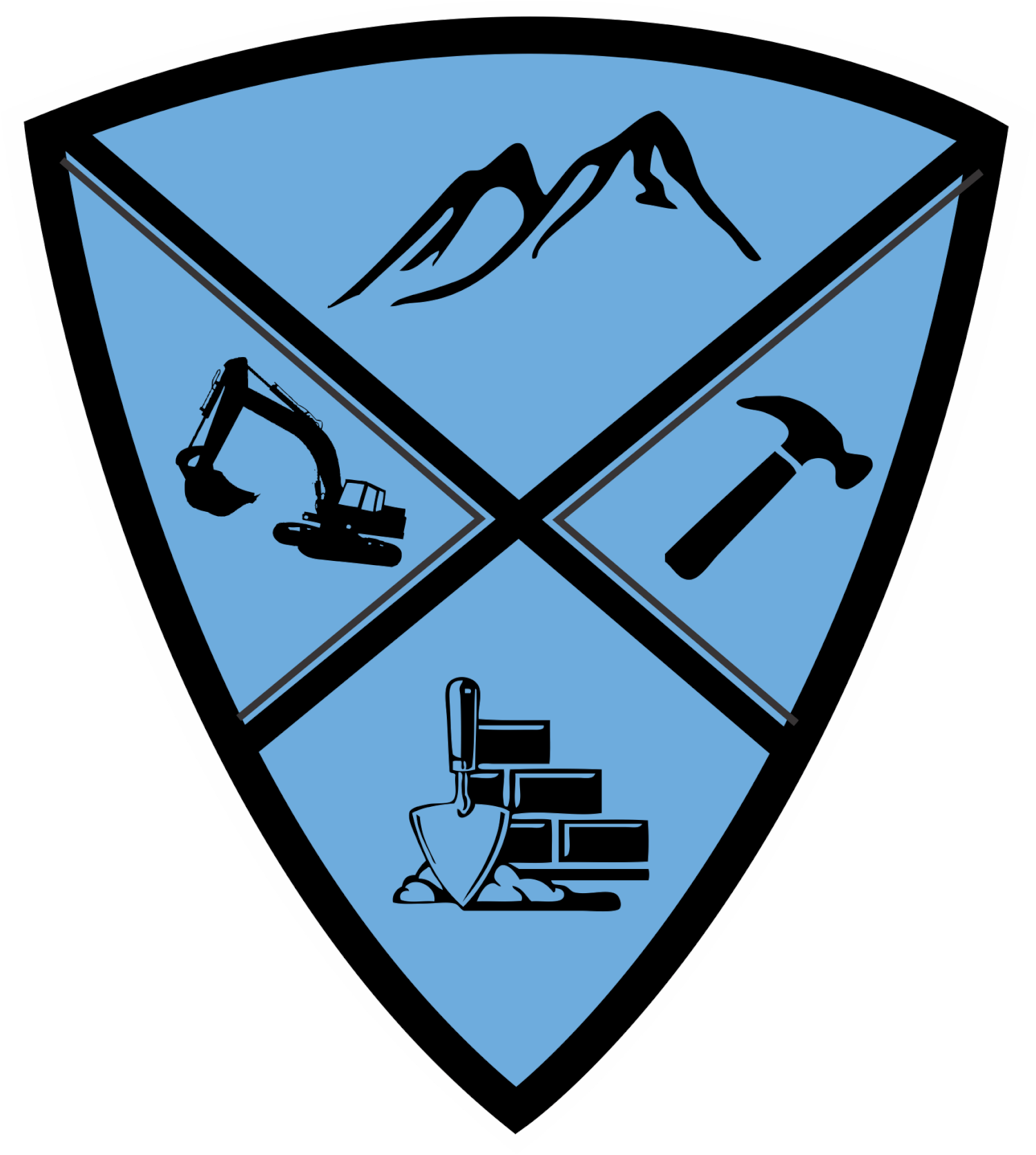Fencing your yard: A complete homeowners guide
When it comes to fencing your yard, there's much to consider: materials, installation, maintenance, and even repairs or replacements down the line. A well-chosen fence provides privacy, security, and aesthetic appeal, while also enhancing property value. Whether you’re tackling a DIY fence installation or hiring a professional, this guide will walk you through the essentials.
1. Deciding on Your Fence’s Purpose
Before choosing materials or starting the fence installation, think about why you need a fence. This decision can shape the type, height, and style you choose.
Privacy: Consider taller fences, often around 6-8 feet, to block views.
Security: Look for sturdy materials like metal or wood to deter intruders.
Aesthetics: Decorative fences, such as picket or split rail, can boost curb appeal.
Safety for Pets or Kids: A fenced yard can keep pets and children safe. Choose a design without gaps if you’re concerned about escape routes.
2. Choosing Your Fencing Material
Fence materials range widely, each offering unique benefits and price points. Here’s a breakdown of common options to help you make the right choice.
Wood
Pros: Natural look, versatile styles
Cons: Requires maintenance, susceptible to rot
Cost: $10-$30 per foot
Vinyl
Pros: Durable, low-maintenance, no painting needed
Cons: Can be costly, limited in color choices
Cost: $20-$40 per foot
Metal (Aluminum/Iron)
Pros: Strong, durable, aesthetic appeal
Cons: Higher upfront cost, rust potential
Cost: $30-$60 per foot
Chain Link
Pros: Affordable, low-maintenance
Cons: Limited privacy, industrial look
Cost: $5-$20 per foot
Composite
Pros: Durable, eco-friendly
Cons: Can be expensive, limited colors
Cost: $25-$45 per foot
Bamboo
Pros: Eco-friendly, unique appearance
Cons: May not withstand severe weather
Cost: $10-$25 per foot
3. Preparing for Installation
Step-by-Step Installation Preparation Checklist:
Check local regulations and HOA rules.
Determine property lines.
Obtain permits if needed.
Inform neighbors if the fence runs along shared property lines.
Tools and Supplies for Installation
Tools: Post hole digger, level, drill, saw, measuring tape, and concrete mixer.
Supplies: Fence panels, posts, concrete (for setting posts), brackets, screws, and a post cap.
4. Installing Your Fence: Step-by-Step Guide
Set Up Fence Posts: Measure and mark where each post will go. Dig holes, then set posts in concrete for stability.
Attach Panels or Rails: Attach horizontal rails or premade fence panels between posts.
Check for Level: Use a level to ensure even alignment.
Secure Gates: After the fence is in place, install gates, aligning and securing them properly.
5. Key Considerations for Fence Installation
Soil Type: Certain soils may require deeper post holes or additional reinforcement.
Slope and Terrain: Installing a fence on a slope may require stepped panels or custom adjustments.
Wind and Weather: If you live in a windy area, select materials that can handle wind resistance, such as metal or properly reinforced wood.
6. Maintaining Your Fence
To keep your fence in top shape, regular maintenance is key. Here are some maintenance tips for different materials:
Maintenance Tips by Material
Wood: Inspect annually for rot, termite damage, or loose boards. Reseal or repaint every 2-3 years.
Vinyl: Hose down to remove dirt; avoid harsh chemicals that may discolor it.
Metal: Check for rust spots and repaint as needed. Lubricate hinges to keep gates swinging smoothly.
Chain Link: Use rust-resistant paint on metal parts, and trim any vines or plants that might entangle the fence.
Seasonal Maintenance Checklist
Spring: Inspect for winter damage and repair any cracks or loose posts.
Summer: Clean and apply sealants if needed; trim plants.
Fall: Check for loose screws, hinges, or nails; repair any damages before winter.
Winter: Keep heavy snow away to prevent weight damage on the fence.
7. Repairing Common Fence Issues
Over time, even the most durable fences will require repairs. Here are some common issues and how to address them:
Broken or Loose Boards (Wood): Replace boards as needed. Ensure the new boards are properly sealed.
Rust Spots (Metal): Sand away rust spots and repaint with a rust-resistant primer and paint.
Broken Vinyl Panels: Replace damaged sections since vinyl isn’t easy to repair.
Sagging Gates: Tighten hinges or add additional bracing to reinforce sagging gates.
8. Replacing Your Fence
If repairs aren’t cutting it, it may be time to replace the entire fence. Here’s how to know when it’s time to replace rather than repair:
Age of the Fence: Most fences last 15-20 years, depending on the material.
Structural Integrity: If the fence is leaning or posts are decaying, replacement may be more cost-effective than repairs.
Aesthetic Appeal: If the fence detracts from your yard’s appearance, consider an upgrade.
Tips for Removing an Old Fence
Check for Hazardous Materials: Older fences may have lead-based paint. Consult a professional if so.
Cut Sections for Easier Disposal: Breaking down the fence into smaller sections makes it easier to haul away.
9. Fence Installation Cost Guide
The cost of a fence installation varies widely based on the material, labor, and location. Here’s a general idea of typical costs:
Wood Fence: $1,500 - $4,500
Vinyl Fence: $2,000 - $6,000
Metal Fence: $3,000 - $8,000
Chain Link Fence: $1,000 - $3,000
Ways to Save on Installation
DIY Installation: Save on labor costs by installing the fence yourself.
Choose Affordable Materials: Chain link and wood are generally more affordable than vinyl or metal.
Get Multiple Quotes: If hiring a professional, compare quotes to find the best price for your budget.
Final Thoughts: Choosing the Right Fence for Your Yard
Fencing your yard can enhance security, privacy, and aesthetic appeal. While the process may seem daunting, taking it step-by-step—from planning and installation to maintenance and repairs—will help you make the right choices. And remember, a well-maintained fence adds both value and charm to your property, so choose a material and style that fits your needs and invest the time and effort into its upkeep.
By following this guide, you’ll be equipped to fence your yard like a pro!



